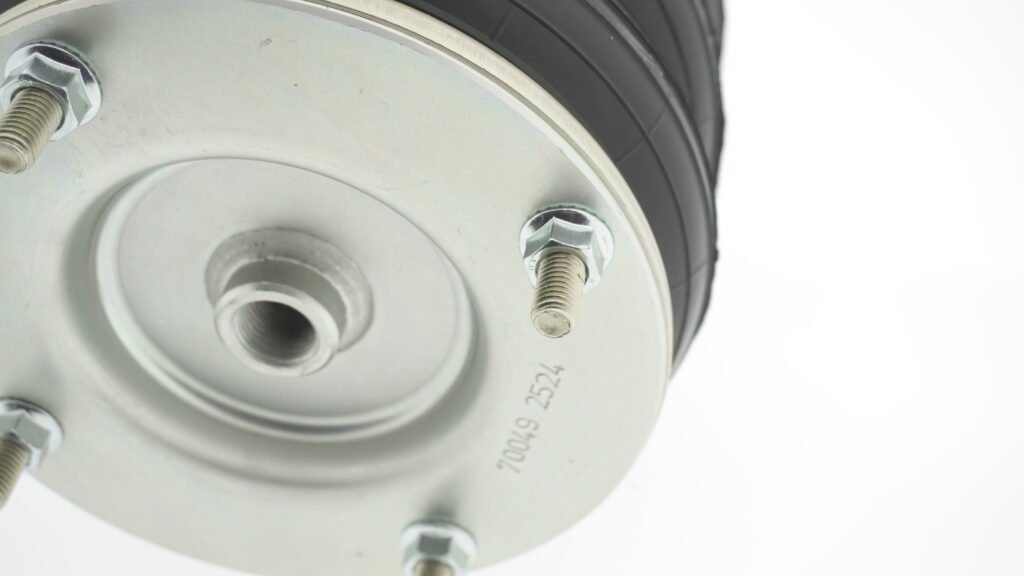
Applications of Air Bellows in Robotics and Automation
Enhancing Precision and Control
In the realm of robotics and automation, achieving high precision and control is paramount. Air bellows play a crucial role in this aspect by providing smooth and adjustable motion. Their ability to handle variable loads and pressures makes them ideal for applications requiring fine-tuned movements. For instance, in robotic arms used for delicate assembly tasks, air bellows ensure that each movement is precise and controlled, reducing the risk of errors and improving overall efficiency.
Vibration Isolation
One of the significant challenges in automation is managing vibrations that can affect the accuracy and longevity of machinery. Air bellows are excellent at isolating vibrations, ensuring that sensitive components remain stable. This isolation is particularly beneficial in environments where precision is critical, such as in semiconductor manufacturing or delicate assembly lines. By minimizing vibrations, air bellows help maintain the integrity of the equipment and extend its operational life.
“The use of air bellows in vibration isolation is a game-changer for maintaining the integrity of sensitive equipment.” – Dr. John Smith, Mechanical Engineer
Load Handling and Distribution
In automated systems, the ability to handle and distribute loads efficiently is essential. Air bellows offer a flexible solution for load management. They can support heavy weights while maintaining stability, making them suitable for robotic arms and automated guided vehicles (AGVs). For example, in warehouse automation, air bellows can be used in AGVs to transport heavy loads smoothly and safely, enhancing the efficiency of logistics operations.
Customizable Solutions
Every automation system has unique requirements. Air bellows can be customized in terms of size, material, and pressure capacity to meet specific needs. This adaptability ensures that they can be integrated seamlessly into various robotic applications, from simple pick-and-place tasks to complex multi-axis movements. Customization options include different elastomer compounds such as nitrile (NBR) for oil resistance or ethylene propylene diene (EPDM) for high-temperature applications.
Durability and Maintenance
The durability of air bellows is another advantage. Made from robust materials like nitrile and chloroprene, they can withstand harsh industrial environments. Regular maintenance, such as cleaning and inspection, ensures their longevity and reliable performance. For instance, cleaning the rubber bellows with water and mild soap can prevent damage from aggressive substances, thereby extending their service life.
Energy Efficiency
In the push for more sustainable industrial practices, energy efficiency is a key consideration. Air bellows contribute to this by requiring minimal energy to operate compared to other mechanical systems. Their efficiency helps reduce the overall energy consumption of automated systems. For example, in pneumatic systems, air bellows can achieve the desired motion with less energy input, making them a cost-effective and environmentally friendly option.
Safety and Compliance
Safety is a top priority in any industrial setting. Air bellows enhance safety by providing controlled and predictable movements. They also comply with various industry standards, ensuring that they meet the necessary safety and performance criteria. For instance, in automotive manufacturing, air bellows can be used in lifting systems to safely handle heavy components, reducing the risk of accidents and injuries.
Integration with Advanced Technologies
The integration of air bellows with advanced technologies such as IoT (Internet of Things) and AI (Artificial Intelligence) is opening new possibilities in robotics and automation. By incorporating sensors and smart controls, air bellows can provide real-time data on their performance, enabling predictive maintenance and optimizing operational efficiency. For example, in smart factories, air bellows equipped with IoT sensors can monitor pressure and load conditions, alerting operators to potential issues before they lead to downtime.
Case Studies and Real-World Applications
To illustrate the versatility and effectiveness of air bellows, consider the following case studies:
- Automotive Assembly Lines: In automotive manufacturing, air bellows are used in robotic arms for tasks such as welding and painting. Their precise control and vibration isolation capabilities ensure high-quality finishes and reduce the need for rework.
- Semiconductor Manufacturing: In the semiconductor industry, air bellows are employed in equipment that requires ultra-precise movements, such as wafer handling systems. Their ability to isolate vibrations and provide smooth motion is critical for maintaining the integrity of delicate components.
- Packaging Automation: In the packaging industry, air bellows are used in automated systems for handling and sorting products. Their customizable design allows them to adapt to different product sizes and weights, improving the efficiency of packaging operations.
In conclusion, air bellows are indispensable in the field of robotics and automation. Their ability to enhance precision, isolate vibrations, handle loads, and offer customizable solutions makes them a valuable component in modern automated systems. By integrating air bellows, industries can achieve higher efficiency, safety, and reliability in their operations.
